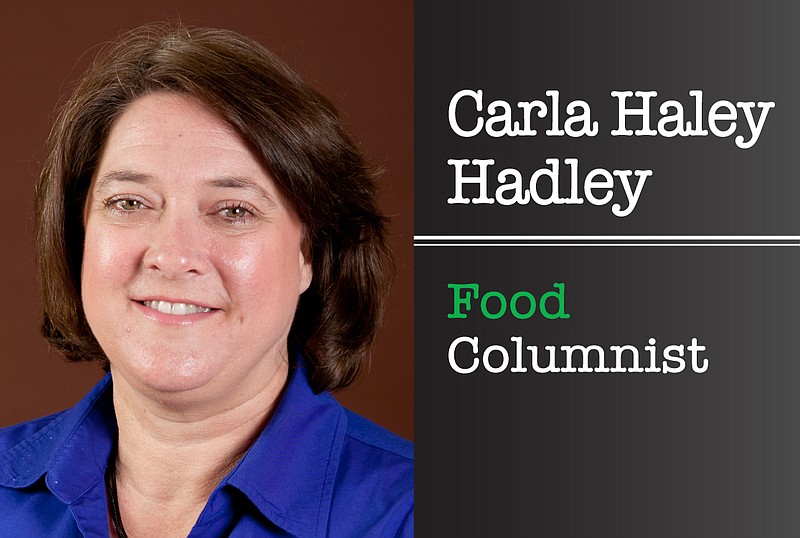With 1 in 3 adults having high blood pressure, chances are you know someone who has high blood pressure; it may even be you. Only about half of those have their condition under control.
Nearly 1 of 3 American adults has prehypertension; blood pressure numbers that are higher than normal, but not yet in the high blood pressure range.
African-Americans develop high blood pressure more often and at an earlier age than whites and Hispanics do. More black women than men have high blood pressure. When compared to other groups, African-Americans tend to get high blood pressure earlier in life, have it more severely and have a higher death rate from stroke, heart disease, and kidney failure.
High blood pressure increases your risk for dangerous health conditions. These include a first heart attack: About 7 of every 10 people having their first heart attack have high blood pressure. First stroke: About 8 of every 10 people having their first stroke have high blood pressure. Chronic (long lasting) heart failure: About 7 of every 10 people with chronic heart failure have high blood pressure. Kidney disease is also a major risk factor for high blood pressure.
With these dangerous health conditions possible from high blood pressure, you can take steps to prevent or control high blood pressure and its complications.
You can help fight off high blood pressure by adopting the DASH (Dietary Approaches to Stop Hypertension) eating plan. This plan used along with other lifestyle changes can help you prevent and control your blood pressure. The DASH plan includes whole grains, fish, poultry, nuts, fruits, vegetables and low-fat dairy foods and is low in saturated fat, total fat and cholesterol. It is lower in lean red meat, sweets, added sugars and sugar containing beverages.
Following the DASH eating plan includes making good choices in preparation of foods with less salt and sodium as well. The Dietary Guidelines for Americans 2015-2020 recommends consumption of less than 2,300 milligrams (mg) of sodium per day as part of a healthy eating pattern. The vast majority of adults eat more sodium than they should, an average of more than 3,400 mg each day.
Because it is rich in fruits and vegetables, which are naturally lower in sodium, the DASH eating plan makes it easier to consume less salt and sodium.
Wise food choices is key in reducing salt intake. Canned soups and soups served in restaurants can contribute high amounts of sodium. Processed tomato products and salad dressings often include salt and other ingredients that contain sodium. Snack foods such as chips, crackers, and pretzels contain several hundred milligrams of sodium per serving. In fact, processed foods account for most of the salt and sodium we consume.
Reduce sodium by choosing low or reduced sodium versions of foods when available. This includes condiments. Look for those with less than 140 mg per serving. Pay close attention to how many milligrams of sodium are in each serving, and how many servings are in the package. Foods that contain 35 mg or less per serving are very low in sodium. Foods that contain 140 mg or less per serving are defined as low sodium.
If you already have high blood pressure and aren't following the DASH eating plan, take the steps to learn more about it and try it. Request your copy of DASH for Better Blood Pressure by contacting me at the Miller County Extension Office, 870-779-3609 or visit us in room 215 at the Miller County Courthouse. We're online at [email protected], on Facebook at UAEXMillerCountyFCS/CarlaDueHadley, on Twitter @MillerCountyFCS or on the web at uaex.edu/Miller.
This No Salt Seasoning is comparable to the commercial no salt seasoning, only you make it yourself and save money. It is very easy and you might like it as much as the commercial product.
NO-SALT SEASONING
5 teaspoons onion powder
1 Tablespoon garlic powder
1 Tablespoon paprika
1 Tablespoon dry mustard
1 teaspoon dried thyme
1/2 teaspoon pepper
1/2 teaspoon celery seed
Combine all ingredients in a small jar with a shaker top. Use for seasoning broiled fish, poultry, cooked vegetables, soup and stews, or place it on the table to be used individually. Yield: 1/3 cup.
Carla Haley Hadley is a county extension agent, family and consumer sciences, with the Miller County Extension Service, part of the University of Arkansas Division of Agriculture.

